How does a stop-start battery work in a car?
In today's fast-paced world, where environmental concerns are paramount, automotive technology has been evolving rapidly. One significant advancement in the automotive industry is the introduction of stop-start batteries in cars. In this comprehensive guide, we will delve deep into the intricacies of how a stop-start battery works in a car, shedding light on the science behind this innovation.

What Is a Stop-Start Battery?
A stop-start battery also known as an enhanced flooded battery (EFB) or an absorbed glass mat (AGM) battery, is a crucial component in modern vehicles equipped with start-stop systems. These systems are designed to improve fuel efficiency and reduce emissions by automatically shutting off the engine when the vehicle comes to a complete stop, such as at traffic lights or in heavy traffic.
How Does It Work?
1. Powering the Electrical System
A stop-start battery operates as the heart of the vehicle's electrical system. When the engine is running, it charges the battery by converting mechanical energy into electrical energy through the alternator. This process ensures a constant supply of power to the vehicle's electrical components, such as lights, air conditioning, and infotainment systems.
2. Start-Stop Functionality
The key innovation of a stop-start battery lies in its ability to handle frequent starts and stops seamlessly. When the vehicle comes to a halt, the start-stop system automatically shuts off the engine to conserve fuel. During this time, the electrical load of the vehicle, including the radio and lights, is powered by the stop-start battery.
3. Restarting the Engine
As soon as the driver releases the brake pedal or engages the clutch (in manual transmissions), the start-stop system reactivates the engine. This re-ignition process is incredibly fast, thanks to the high-performance capabilities of stop-start batteries. It ensures a smooth transition from standstill to motion without any noticeable delay.
Related links:New ways custom LCD screens are revolutionizing advertising?
What is cheaper LCD or LED?
What are the top benefits of custom LCD displays for B2B purchase decisions?
The Benefits of Wearable Electric Blankets
What is the difference between RF cable and coaxial cable?
Phone Chargers: Powering Your Devices Anytime
Choosing the Right Wire Wound Resistor for Your Electronic Projects
Advantages of Stop-Start Batteries
1. Enhanced Fuel Efficiency
One of the primary benefits of a start battery is its contribution to improved fuel efficiency. By reducing idle time and unnecessary engine running, it conserves fuel and lowers carbon emissions, aligning with the global push towards eco-friendly transportation.
2. Extended Battery Life
Stop-start batteries are engineered to withstand frequent charge and discharge cycles, which is a common occurrence in vehicles equipped with start-stop systems. This durability leads to a longer battery lifespan compared to traditional lead-acid batteries.
3. Reduced Environmental Impact
With the reduction in fuel consumption and emissions, vehicles utilizing stop-start batteries play a role in reducing their overall environmental impact. This technology aligns with stringent emissions regulations and sustainability goals.
Conclusion
In summary, a stop-start battery is a pivotal component in modern vehicles, facilitating the efficient operation of start-stop systems. Its ability to seamlessly handle frequent starts and stops contributes to improved fuel efficiency, extended battery life, and a reduced environmental footprint. As automotive technology continues to evolve, the importance of stop-start Camel batteries in enhancing sustainability and performance cannot be overstated. Embracing this innovation is not only beneficial for vehicle owners but also for the planet we call home.
Related links:Eye Bolts: The Reliable Workhorses of Various Industries
The Advantages of Stamp Hole Core Board SOMs
Understanding Heavy Duty Vehicle Batteries
String Inverter: Harnessing Solar Power Efficiently
Tips for Maximizing the Lifespan of Your Power Battery
What are the main components of an SMPS transformer?
Applications of LiFePO4 Prismatic Cells
302
0
0
Related Articles
-
393
0
0
-
345
0
0
-
331
0
0
-
333
0
0
-
323
0
0
-
313
0
0
-
399
0
0
-
345
0
0

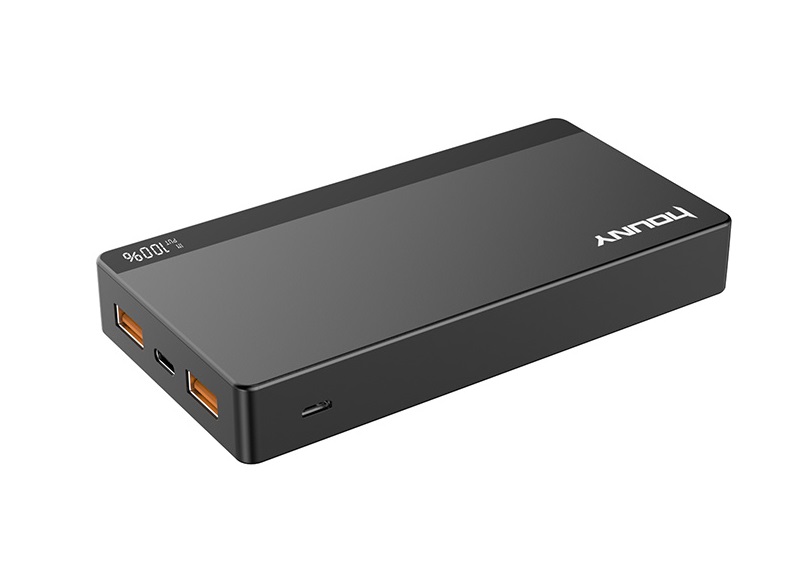
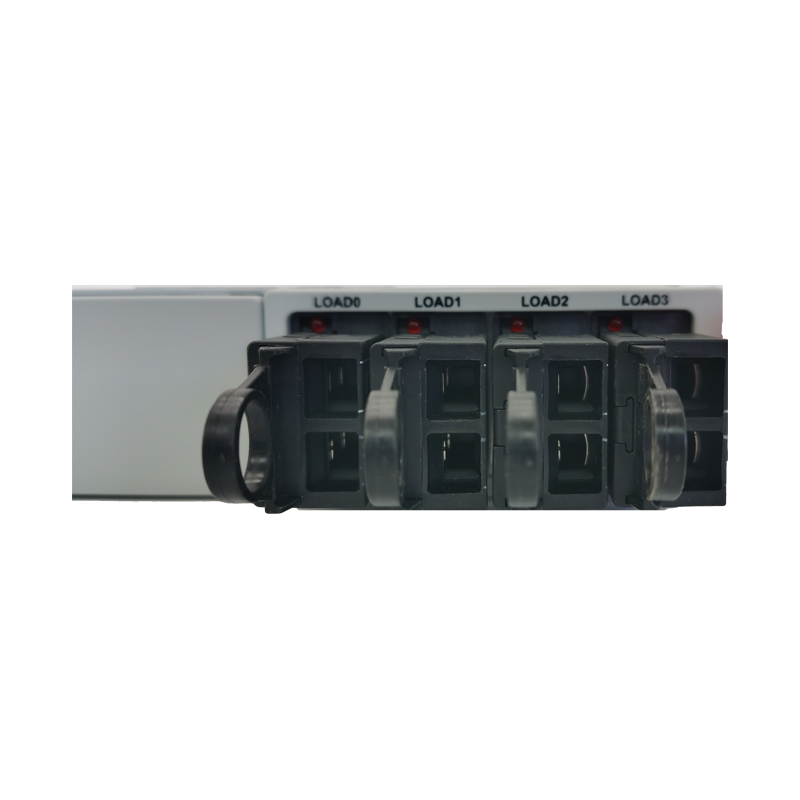
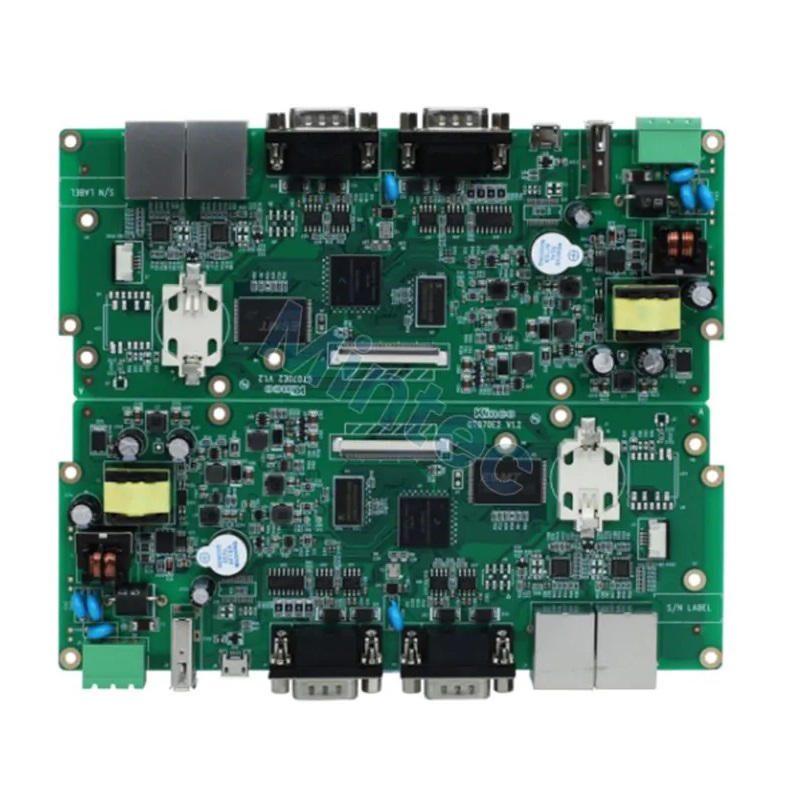
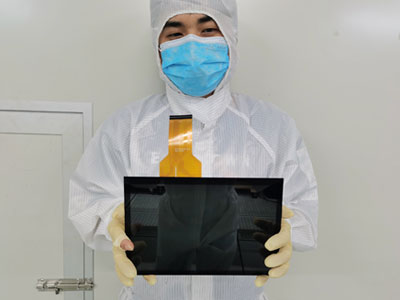
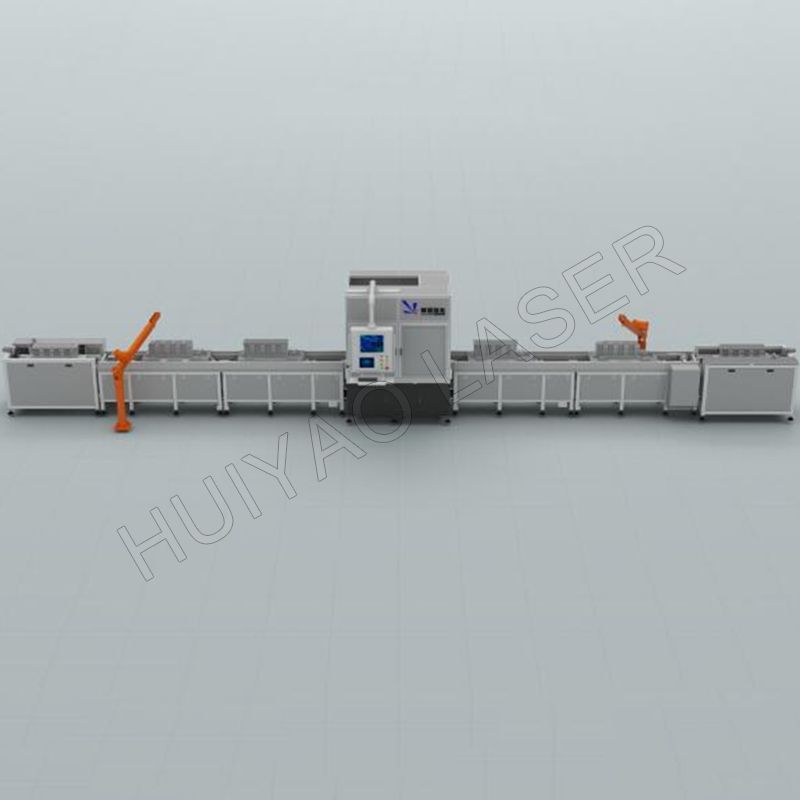
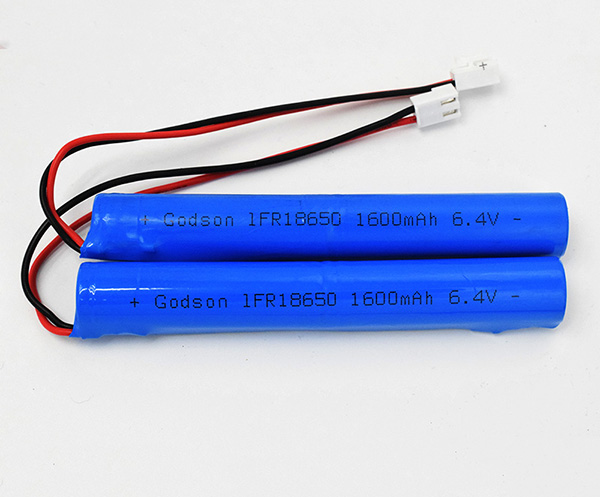

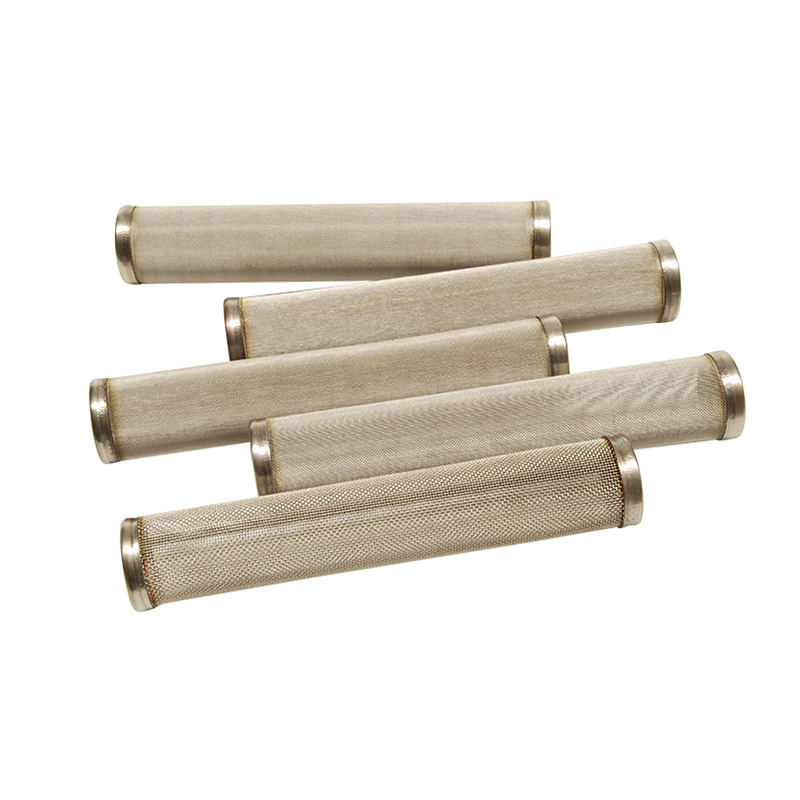
Comments
All Comments (0)